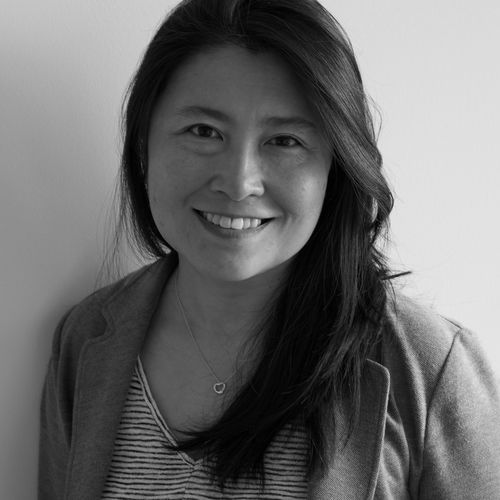Speakers
Andrea Ong
Director of Product Design, Loblaw Digital
Andrea's design practice is focused on triangulating the sweet spot where business goals, customer needs, and technology meet. Her practice areas include business analysis, design research, design strategy, experience design, content strategy, IA, digital UI design, software product design. She brings to every design challenge her diverse background: from academia to classical advertising, digital UI design to system and experience design.
Andrea’s current interests are in developing methodologies to support the work of designing for and within complex systems and at scale, unleashing the power of design to accelerate business results, using strategic foresight to frame corporate innovation, supporting and nurturing the next generation of designers into future design leaders, and cultivating design literacy across the broader organization.
She blogs occasionally at andreaop.com, although nowadays, sketchnotes outnumber long-form writing.

Speaking at The Rest of the Fest
A Human Centred Approach To Scaling Design Teams
When teams grow, pain seems inevitable. Critiques feel like a council throw-down on Game of Thrones; tenured team members start feeling either smug or displaced; new joiners feel like they interrupted a movie in progress; everyone feels like they’ve lost the plot and aren’t sure what else will change; etc
How do we build a team while building its culture? How do we scale while strengthening that culture? When should we hire early-career designers versus seasoned veterans? “No pain, no gain” might work for body building, but for building a team, pain signals imminent entropy. There’s another way: Andrea will share her growth strategy, tactics, and tools for taking small design teams (fewer than a dozen members) to the next level.
Growth strategies Be human-centered. When a team grows, individual members experience it personally. Being human-centered means caring deeply about individuals to understand and manage their hopes, fears, and dreams. Negative experiences lead to attrition, and hiring becomes a Sisyphean task. Positive experiences have a flywheel effect on recruitment, culture, and bench strength. Co-create the team’s growth plan. We co-create and co-design outcomes with stakeholders because it brings them along for the journey. Why should growing a design team be different?
Tactics and tools Skills matrices. Designers use these to identify their own areas of interest and growth opportunities, providing rich fodder to ensure 1:1s don’t devolve into discussing the work. Balanced team approach. Depending on how an org is set up, it may not be possible to hire early-career designers until enough seniors are available to support them. Consciously build a culture of support and make team-based hiring decisions.
Andrea's experience of team growth as a designer has been traumatic. As a manager, she wanted to create a different outcome. She's proven it’s possible and now wants to share that experience.
Q&A with Andrea Ong and Sana Rao
Andy will take your questions for Andrea and Sana.